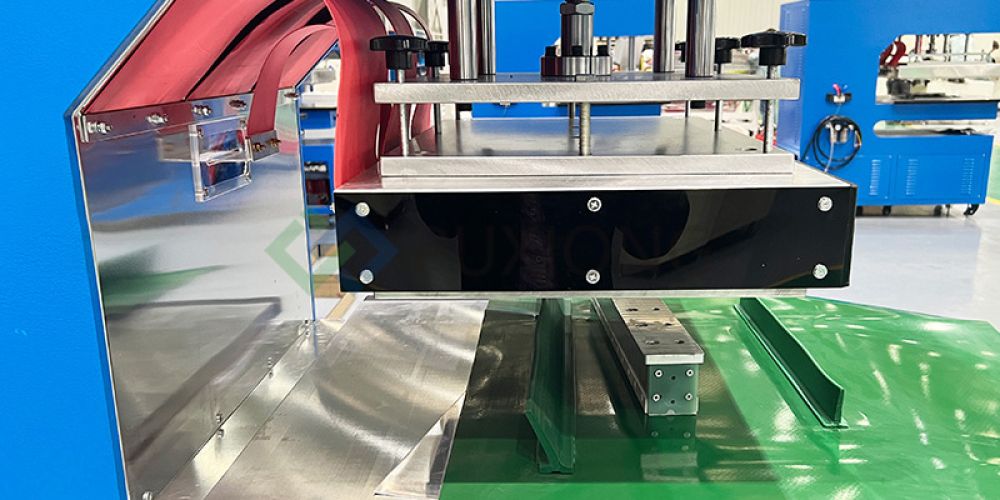
I. Types and Functions of Industrial Belts
Industrial belts come in a wide variety of types, categorized by material, structure, and application. Common types include flat belts, V-belts, timing belts, and multi-ribbed belts, each designed for specific scenarios and advantages:
-
Flat Belts:
- Simple in structure, ideal for low-load, low-speed transmissions.
- Easy to install and maintain, commonly used in light industries and office equipment.
-
V-Belts:
- Feature a V-shaped cross-section for enhanced friction and load capacity.
- Widely applied in automotive, agricultural machinery, and heavy industrial equipment.
-
Timing Belts:
- Precision-toothed design ensures slip-free transmission, delivering high accuracy and synchronization.
- Critical in electronics, automated production lines, and precision machinery.
-
Multi-Ribbed Belts:
- Combine the strengths of V-belts and timing belts, offering higher load capacity and efficiency.
- Ideal for high-torque transmission and compact spaces.
II. The Role of Industrial Belts in Driving Production
-
Power Transmission:
- Serve as core components for driving equipment, transferring motor power to various operational parts to ensure smooth production line operation.
-
Speed Regulation:
- Enable precise control of equipment speed by adjusting belt tension and selecting appropriate types, meeting diverse production needs.
-
Load Handling:
- Capable of withstanding heavy loads, ensuring stable and reliable movement of heavy components on production lines.
-
Cushioning and Shock Absorption:
- Provide elasticity to absorb and disperse impact loads, protecting equipment and extending service life.
